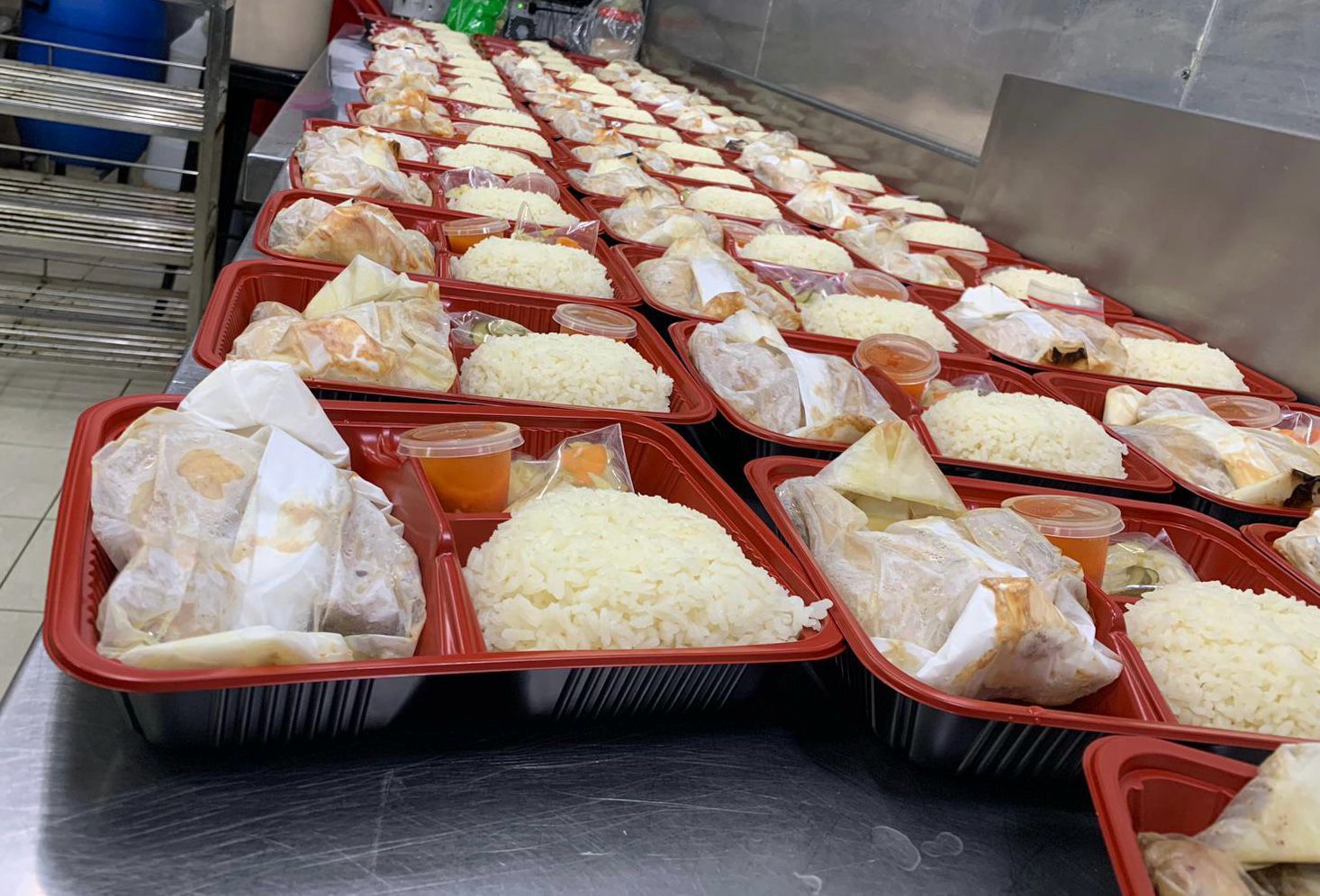Top POS System Features Every Restaurant or Cafe Manager Should Use
Whether you're managing a boutique cafe in Tiong Bahru or a fast-paced restaurant chain in the CBD, your POS system is central to your success. It’s not just a cash register—it’s your operations hub.
Below are the most powerful POS features every F&B manager should be taking full advantage of:
1. Live Sales Reporting
Real-time sales dashboards allow managers to make fast, informed decisions. See what’s selling, when your rush hours are, and how much revenue each staff member generates. Whether it’s adjusting your menu or planning your next promo, the data is at your fingertips.
2. Automated Inventory Control
Track ingredients and stock across shifts without manual spreadsheets. Each transaction updates inventory counts in real-time, which means fewer stockouts, better forecasting, and reduced wastage—especially critical for kitchens with fresh produce or high food cost items.
3. Integrated QR & Cashless Payments
Speed and safety are key in the F&B space. With built-in QR ordering and contactless payment options, your customers can browse the menu, order, and pay—all from their mobile phone. It’s efficient, hygienic, and perfect for cafes with limited staff.
4. Staff Management Tools
From clock-ins and shift logs to sales performance, a modern restaurant POS system should include comprehensive staff tracking. Use this data to monitor productivity, reduce time theft, and make informed rostering decisions.
5. Built-in CRM & Promotions Engine
Offer loyalty points, auto-discounts, and personalised birthday treats through your POS system. This drives repeat business and improves customer satisfaction, especially for Singapore diners who love rewards and value.
6. Multi-Branch Synchronisation
If you're running a chain or planning to expand, you’ll need a POS for multiple outlets. Sync sales, stock, and reporting across locations so HQ can manage from a single backend while giving outlet managers branch-level control.
7. Kitchen Display & Delivery App Integration
A POS that connects directly to kitchen displays and delivery apps saves time and avoids double-entry errors. When a customer places an online order, it goes straight to the kitchen—no delay, no miscommunication, no chaos.
Conclusion
Today’s F&B POS systems are more powerful than ever. With us, you’re not just getting a payment solution—you’re getting a fully integrated restaurant management tool that helps you grow and operate smarter.
Explore our solutions by getting in touch—perfect for cafes, cloud kitchens, restaurants, kiosks, and growing F&B chains.
Interested in a CRM Based POS System, QR ordering or a standalone CRM membership system?
Send an Enquiry!
You might also like



